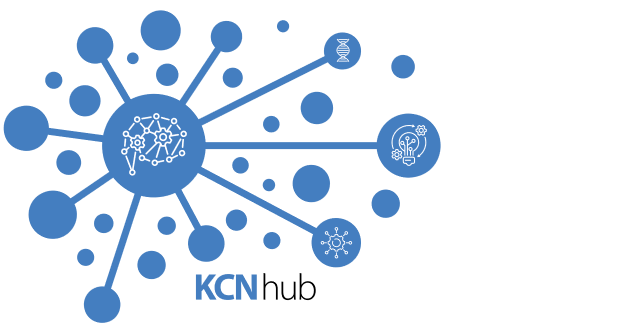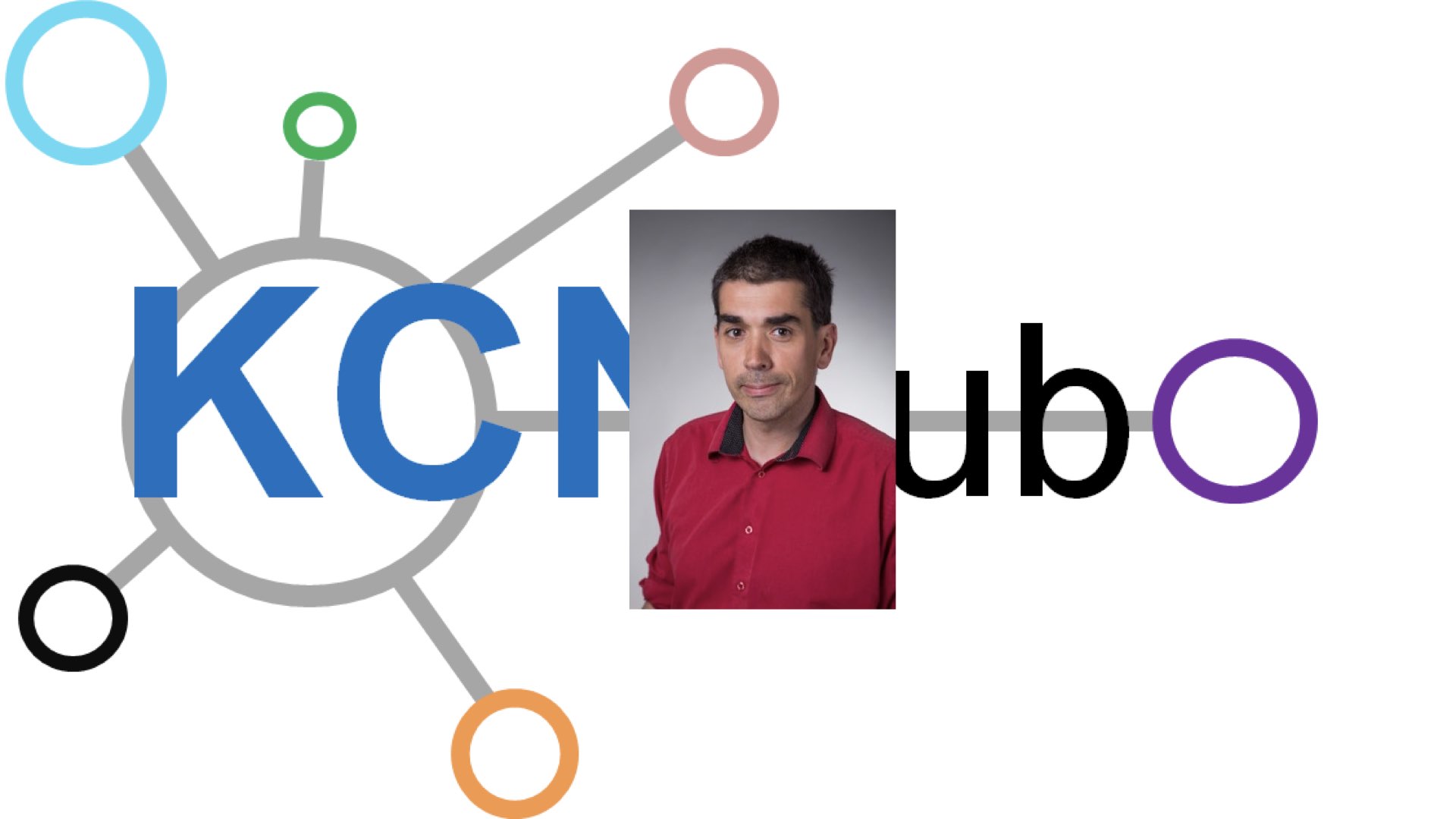A mathematical model of synaptic transmission and nanocolumns
Abstract. Mathematical modelling can be a useful tool to better understand the various components of synaptic signaling. This is especially true if one considers submicroscopic elements such as nanocolumns which are difficult to investigate experimentally. Nanocolumns are nanometric structures which align neuro receptors with presynaptic vesicle docking sites and are believed modulate synaptic transmission. The mechanisms driving their formation are not fully understood and how their characteristics influence synaptic currents is still not resolved. In this talk, I will present a mathematical model describing the diffusion of neurotransmitters in the synaptic cleft, their binding to post synaptic receptors as well as the random transitions between channel state. Our model also describes the lateral diffusion of receptors, the electrical field within the cleft and the slowing of neurotransmitter diffusion by the trans synaptic filaments crowding the cleft. With this, we investigate how nanocolumns can modulate synaptic currents.
Brief Bio. Nicolas Doyon completed a master degree in applied mathematics at the University of Montreal where he worked on models of cardiac activity. After a PhD in theoretical mathematics at Laval University. he became a researcher at the CERVO research center where he developed mathematical models to shed light on the causes and consequences of a loss of chloride homeostasis. Nicolas is now a full professor Laval University. He mainly builds models of differential equations describing the activity of different neural structures working in teams with experimental researchers. He strongly believes in interdisciplinary work and is always looking for new collaborations.
Recording available on kcnhub youtube channel

